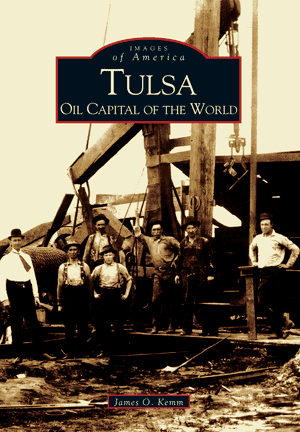 | ||
Visit city of tulsa oklahoma oil capital of the world cityof com tulsa
The title of "Oil Capital of the World" is often used to refer to Tulsa, Oklahoma, and more recently to Houston, Texas.
Contents
- Visit city of tulsa oklahoma oil capital of the world cityof com tulsa
- Ja n olive oil capital of the world
- History
- National Register of Historic Places designation
- References
Ja n olive oil capital of the world
History
In mid-19th century, when Pennsylvania was the first center of petroleum production, Pittsburgh and Titusville were considered oil capitals. In the later 19th century, before oil was discovered in Texas, Oklahoma, or the Middle East, Cleveland, Ohio had a claim to the title, with 86 or 88 refineries operating in the city in 1884.
Tulsa claimed the name early in the 20th century, after oil strikes at Red Fork (1901) and Glenn Pool (1905) in Tulsa County. In 1923 a group of Tulsa oilmen organized the first International Petroleum Exposition and Congress (IPE); among the IPE's stated purposes was to "firmly establish Tulsa for all time to come as the oil center of the entire world."
Tulsa continued to be known (and to promote itself) as the "oil capital of the world" into the 1950s and 1960s. The IPE grew and reached its peak attendance in 1966, when the Golden Driller, a large statue symbolic of Tulsa's asserted importance in the oil industry, was erected in front of the new IPE Building, then said to be the world's largest building under one roof. By the 1970s, however, the IPE's success, and Tulsa's role in the international oil industry, had both eroded: Tulsa's last IPE was held in 1979, while Houston has become the most prominent hub of the oil industry in the United States. In more recent times, Tulsa's continued use of "oil capital of the world" is often characterized as nostalgic or historical.
National Register of Historic Places designation
In 2010, Tulsa officially designated the central part of its downtown as the "Oil Capital Historic District" for the purposes of a proposed registration in the National Register of Historic Places. The district, at 36.151°N 95.990°W / 36.151; -95.990, is bounded by Third Street on the north, Cincinnati Avenue on the east, Seventh Street on the south and Cheyenne Avenue on the west. It was officially listed on December 13, 2010 under Criterion A for significance in Commerce. Its NRIS number is 10001013.
